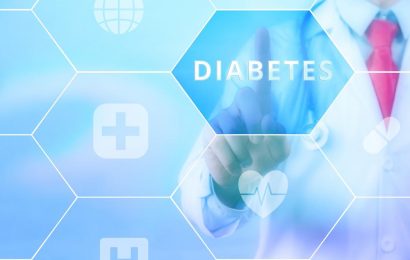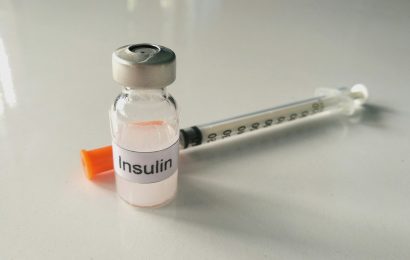High blood sugar usually feels bad. Kerri Sparling of the blog Six Until Me said, “It’s a thick feeling in the base of your brain, like someone’s…replaced your gray matter with sticky jam.”
Other people report physical symptoms such as fatigue, weakness, headaches, blurry vision, thirst, and frequent urination. These symptoms often drive people to seek help, which is a good thing.
Other people can get used to high sugars. They may feel few or no symptoms. That’s not good, because blood vessel damage is still going on, even if you can’t feel it.
To get cutting-edge diabetes news, strategies for blood glucose management, nutrition tips, healthy recipes, and more delivered straight to your inbox, sign up for our free newsletters!
If your body gets comfortable with higher blood sugars, normal sugars may start to feel bad. A woman named Angela posted to Diabetes Daily, “I feel so crappy when my [blood sugar] is in the 90s…. That seems to be about 50% of the time. Sometimes I test when I’m feeling GOOD and it’s [much higher]…. I want a low A1C, but I don’t want to feel ‘fuzzy’ all the time either.”
What is happening is that Angela’s body adjusted to higher sugars. Now she’s getting tighter control, but she’s not used to it. On another site, diabetes educator Janet Mertz explained, “Because your body is accustomed to the higher levels, the lower numbers may now be perceived as too low…. Your body reacts like you’re having low blood sugar (hypoglycemia)…. It generally takes a couple of weeks for the body to adjust to the new, healthier numbers.”
Another person wrote on Yahoo! Answers, “When I was diagnosed, my sugar was over 350. I started metformin and eating very little carbohydrate. My levels dropped to the 150s by the end of the week. I wasn’t anywhere near hypoglycemic, but I felt like I was. I had all the signs — dizziness, shakiness, and weakness. Within a couple of weeks, the symptoms disappeared.”
That’s what usually happens. The body readjusts, but it takes some uncomfortable weeks. You need to tough it out. Mertz says, “I would suggest that you check your blood sugar when you feel poorly to see if it is truly low…. It’s best to try to allow the body to adjust by not feeding the normal blood sugar.”
One reader commented, “I know when I started to lower my sugars, I would get shaky, ‘low’ feelings and test and I would be 160. So your body needs time to get used to normal numbers. Now I am quite comfortable in the 80s and 90s. Now, I usually get the low feeling in the 70s.”
Don’t let temporary shakiness stop your self-management program. As one reader commented, “Although this false hypoglycemia is incredibly uncomfortable, it’s important to endure in order to let yourself adjust to normal, healthier numbers.”
It’s like a reverse honeymoon period, a temporary tough time before the good times. It will pass.
After 23 years treating his Type 1 diabetes with injections, Scott Coulter has made the switch to an insulin pump. Bookmark DiabetesSelfManagement.com and tune in tomorrow to read about his experience.





